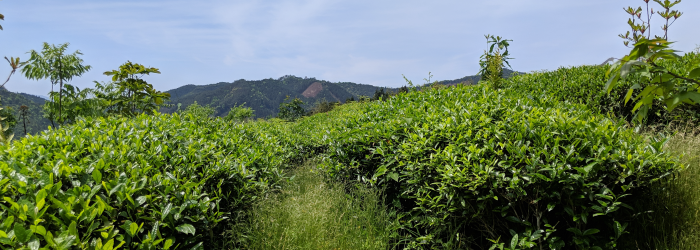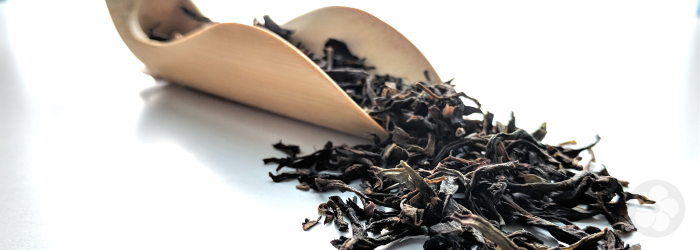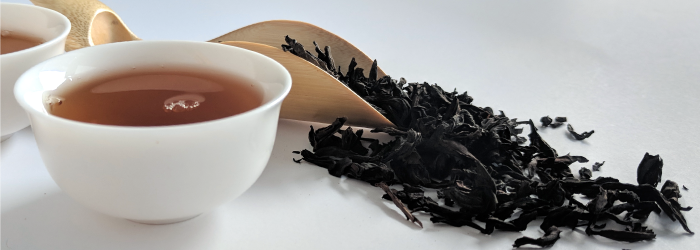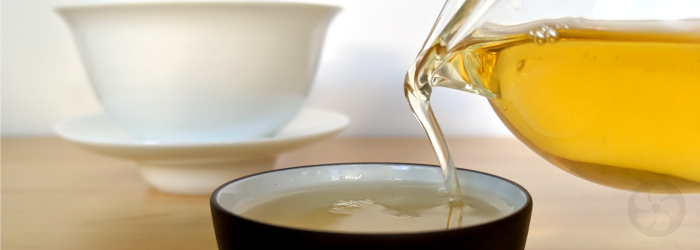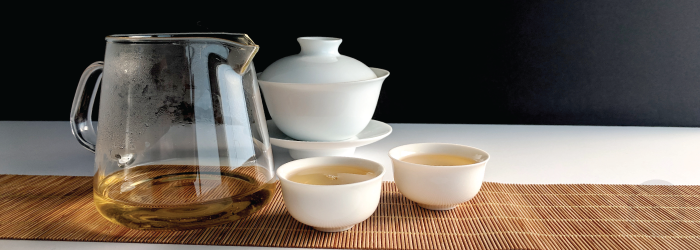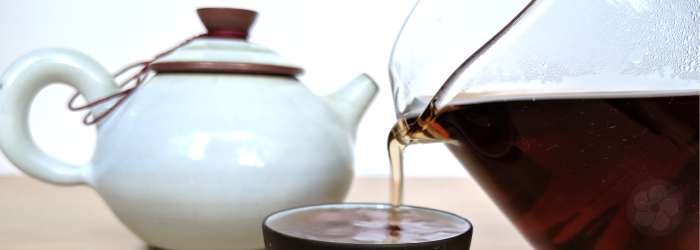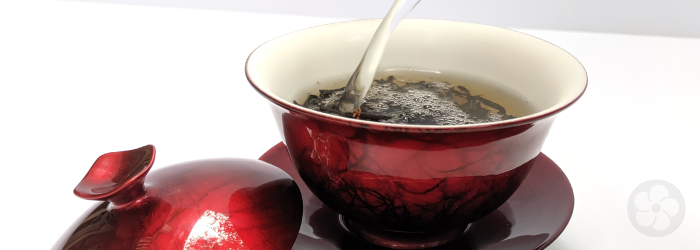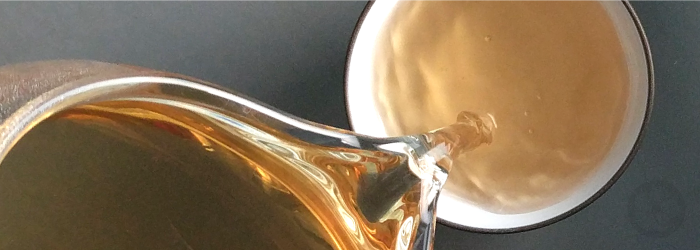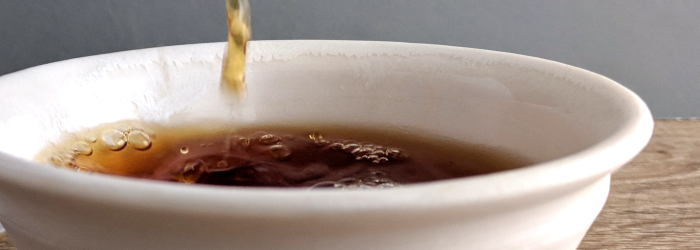How Tea Grows: Anatomy of a Tea Plant
With the wide variety of tea styles produced worldwide, it can be hard to believe that all types of tea, excluding herbal tisanes, are made from the same species. Flavors and even the physical attributes of the finished leaves can vary drastically from tea to tea, giving the impression that green teas are in some way fundamentally different from black teas.
But in fact, all teas come from the same Camellia sinensis plant. Thousands of years of cultivation have teased myriad colors, textures, and flavors out of this single species, which now distinguish the huge variety of teas we know and love.
Continue reading

